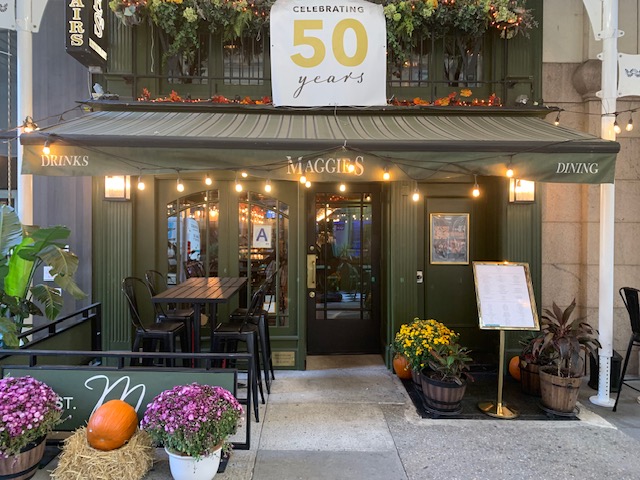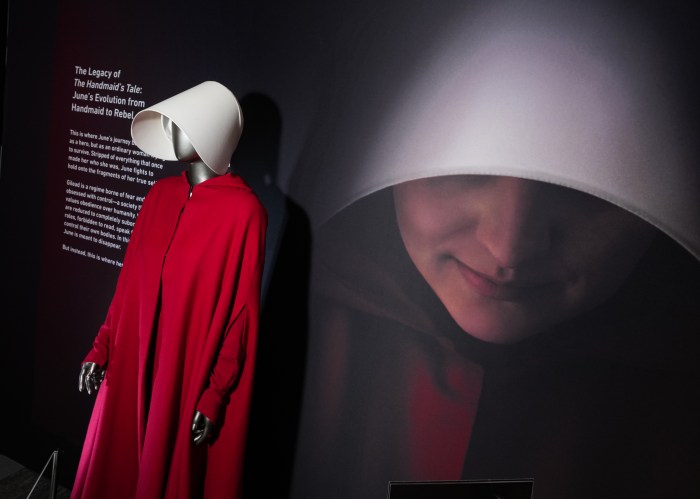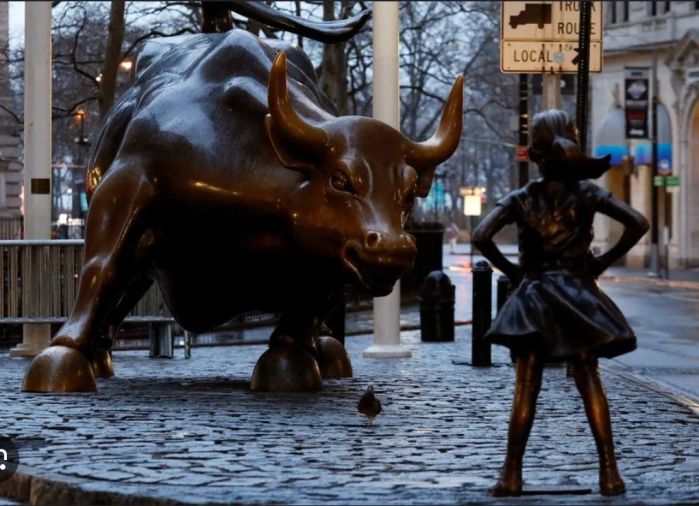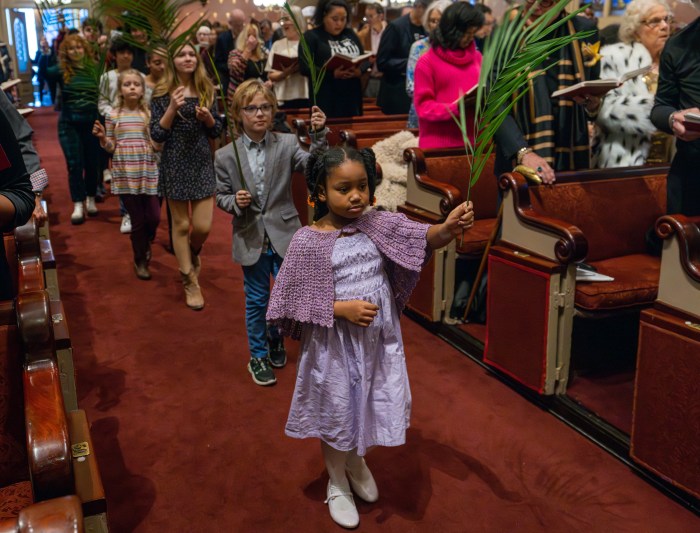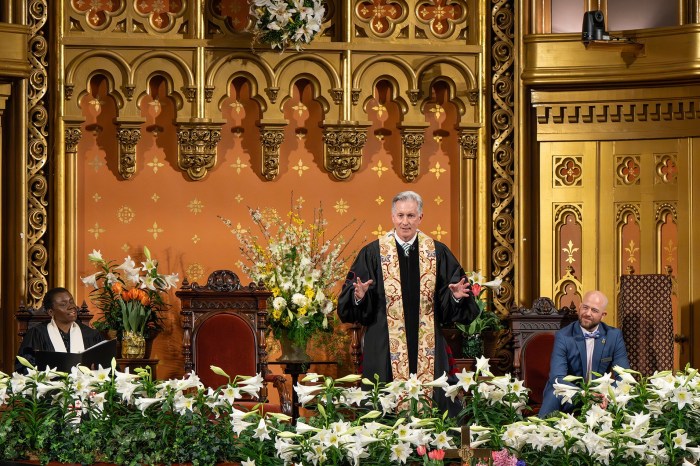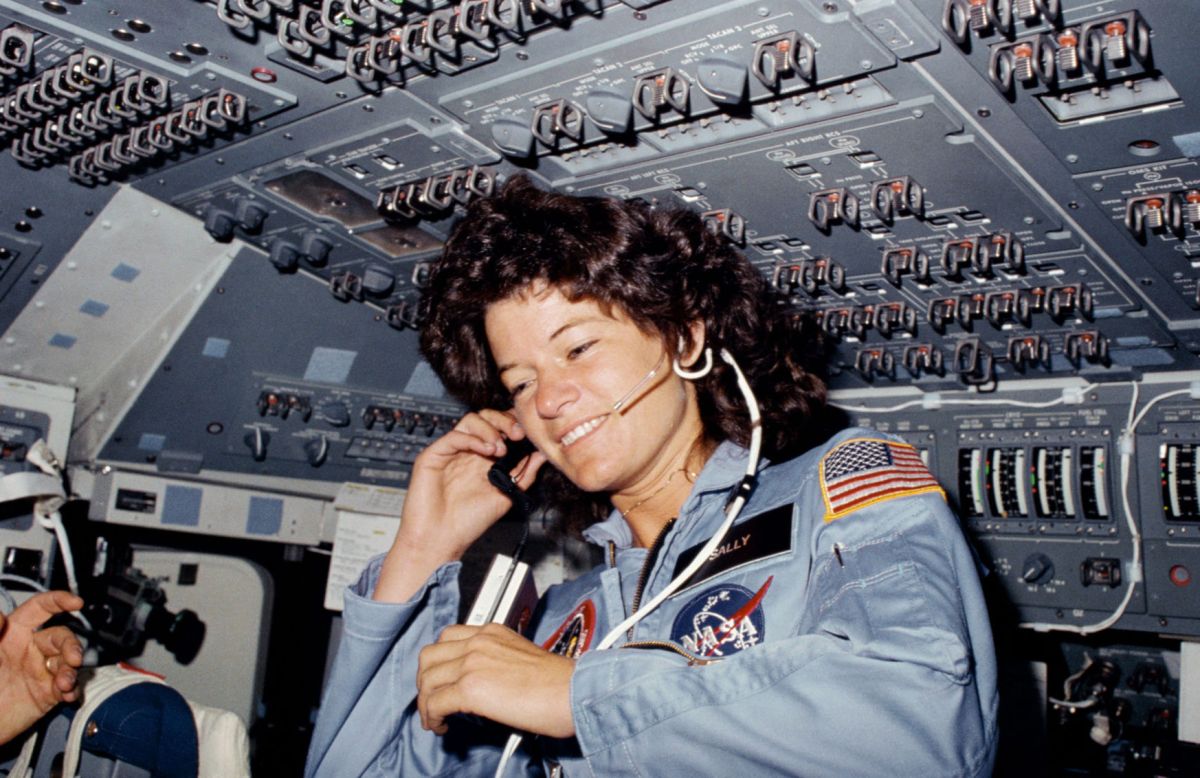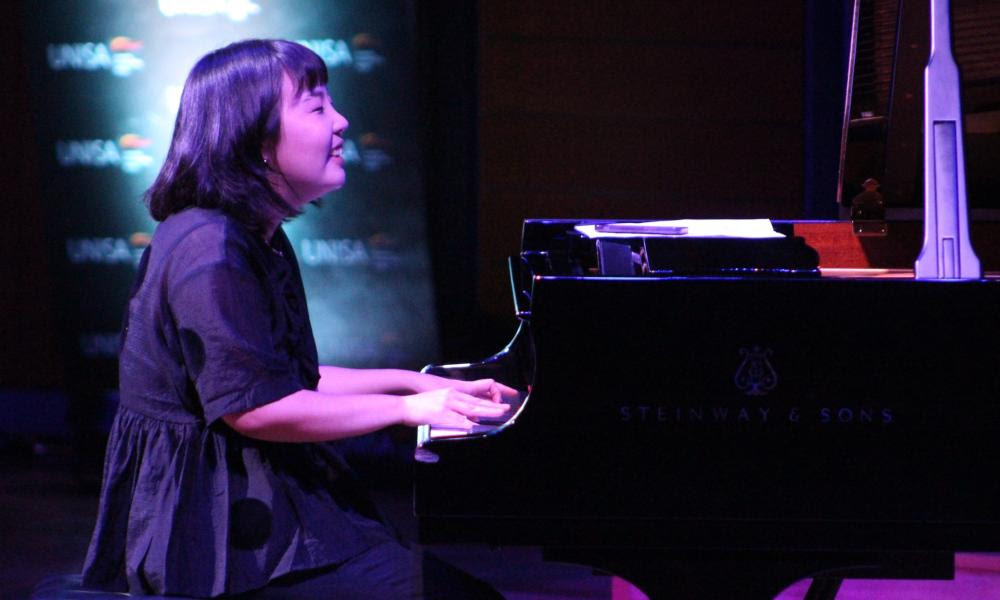Local filmmakers represent at TFF
BY TRAV S.D.
The Tribeca Film Festival, now in its 9th year, launched April 21st with its usual big noise and fanfare (85 feature films and 47 shorts are being presented at the festival, representing 38 different countries).
While this global scope is impressive, a few of the films are root and branch New York stories. Interestingly, one is a documentary about very strange works of imagination; the other, a work of fiction told in a documentary style.
Bobby Sheehan’s “Arias with a Twist: The Docufantasy” strikes very close to home for lovers of downtown theatre and performance. While its launch point is the hit 2008 collaboration between puppeteer/designer Basil Twist and legendary drag diva Joey Arias (at HERE Arts Center), that subject really becomes a touchstone for Sheehan to cinematically reminisce about the halcyon days of New York’s club scene in the late 1970s and early 80s.
Sheehan has plenty of street cred in this department. A New York native, he began as a photographer of the punk scene during the heyday of CBGB’s, later graduating to music video and films. (“Arias with a Twist” is his second feature.) He has also known Arias since the early days of his career, which is what drew him to the material.
Arias’s career is legendary — compromising his own solo nightclub work (including a legendary Billie Holiday imitation), musical collaborations with everyone from his longtime friend Klaus Nomi to David Bowie, a five-year stint with Cirque du Soleil’s “Zumanity” in Las Vegas, appearances in films like “Big Top Pee-Wee” and “To Wong Foo, Thanks for Everything! Julie Newmar” — and his smash 2001 hit at Chelsea Playhouse: “Christmas with the Crawfords.”
Twist, on the other hand, is one of the most successful alternative puppeteers of his generation — whose best known work is 1998’s “Symphonie Fantastique.” That show premiered at HERE, eventually moved to Dodger Stages, and has toured all over the country. His most high-profile work at the moment is the current Broadway show The Addams Family.
“I went to see the stage show of “Arias with a Twist” with my wife [Sara Feldman Sheehan, the film’s executive producer],” says Sheehan. “The combination of these two artists was just explosive. They created enough volcanic ash to shut down Europe. My first reaction was just ‘I have to document this thing because it’s impossible to explain in words.’ So we arranged to shoot it. The next step was to delve into their pasts; and so we spoke to all of Joey’s and Basil’s friends and collaborators.”
Notables interviewed for the film include Ann Magnuson, Raven O, Chi Chi Valenti, Michael Musto, Lee Breuer, Cheryl Henson, Oskar Eustis and HERE’s Kristin Marting. Tracking these subjects down took Sheehan and his crew all over the map: France (twice), Brussels, Stockholm, Seattle, Las Vegas, Nashville, and Berlin — where they captured Arias performing for an audience of half a million at the Christopher Street Parade.
“Instead of documenting a small, beautiful theatre piece,” says Sheehan, “the project morphed into a full length feature film.”
The film also contains archival material of long-gone institutions like New Wave boutique Fiorucci’s and nightclub Danceteria; and luminaries like Andy Warhol, Divine, Klaus Nomi, Keith Haring, Grace Jones and Jim Henson. Sheehan lived in Alphabet City during the years of punk, New Wave, and the 80s club scene. He feels his film “will resonate deeper with folks from that era.” While he dubs it a “surreal, feel-good love letter,” it does have some darker moments.
“So many interesting creative souls from New York’s avant-garde performing arts world in the late 70s and early 80s had their lives cut short by AIDS,” says Sheehan. “In the film, we touch on that in a respectful way without dwelling on it. It’s not so much about the tragedy of AIDS as much as the fact that legacy of so many of those people lives and breathes in Joey Arias.”
But he’s quick to point out that Twist, who’s somewhat younger, more than holds his own with Arias. “The two of them are art animals,” he says, “They’re great collaborators. When you’re around them you need to be on your game. You have to be on full alert. I’ve never had so much fun making a film. I can’t imagine it being more fun than it was.”
The film world-premiered at the Berlin Film Festival in February to good notices. Its U.S. debut happens at the Tribeca Film Festival (4 screenings, the first of which happens at 6:00 p.m. on April 23rd, at Village Cinema East).
Says Sheehan of his self-financed labor of love: “I don’t care if it makes its money back. I just want people to see it!”
Another New York film premiering in this year’s TFF — one that makes a very different use of the camera’s documentary eye — is “Lucky Life,” by Carroll Gardens filmmaker Lee Isaac Chung.
Like the late John Cassavetes, Chung uses documentary techniques to tell fictional stories. His critically-acclaimed 2007 debut “Munyurangabo” was the story of a star-crossed friendship between a Hutu and a Tutsi in war-torn Rwanda. Variety called it “an astonishing and thoroughly masterful debut,” and the film enjoyed a fairly wide distribution.
This time, Chung tells a much more personal story — shot largely in his own Brooklyn neighborhood and a beach house in North Carolina; and following a plotline with more than a few parallels to his own life. The film’s title is taken from a poem by Gerald Stern:
Lucky life is like this. Lucky there is an ocean to come to.
Lucky you can judge yourself in this water.
Lucky you can be purified over and over again.
Lucky there is the same cleanliness for everyone.
Lucky life is like that. Lucky life. Oh lucky life.
Oh lucky lucky life. Lucky life.
The poem (and others by Stern) are quoted at length by the main character in the film (Daniel O’Keefe) — a writer who is struggling with the death of his friend (Kenyon Adams). The themes of the poetry weave through the narrative of the film itself.
“I normally read a lot of poetry,” Chung says, “And I happened to stumble upon this one. I felt it was pertinent to certain things I was going through and that my characters were going through in my movie. It’s about a group of friends who are going to spend one last time at the beach together, because one of them has cancer. I had the idea before I came across the poem, but I decided to name the film after the poem. It seemed to express things I was feeling but couldn’t express on my own.”
Chung’s technique is improvisatory. He works with a framework of scene outlines describing each character’s action in a particular scene, and then he works with the cast prior to shooting to rough in the dialogue. Likewise, he works mostly with non-actors. The film is cast with friends and friends of friends, including Chung’s college roommate. None has much experience in film. Of the four principles, one is an actor with some experience in theatre, one a dancer, one a writer, and one a middle school teacher. This is a technique Chung brought with him from “Munyurangabo.”
The result is an impression of extreme naturalism – as though one were a fly on the wall watching real people interact. This dispassionate methodology may have something to do with Chung’s training as a biologist, the career he was preparing for before he was bitten by the film bug. “I’m very much drawn to the beauty of nature,” says Chung, who, hails originally from Arkansas and studied film at the University of Utah. This love shows in “Lucky Life,” which contains numerous gorgeous shots of the North Carolina seashore.
This screening of “Lucky Life” in the Tribeca Film Festival will be its world premiere.




